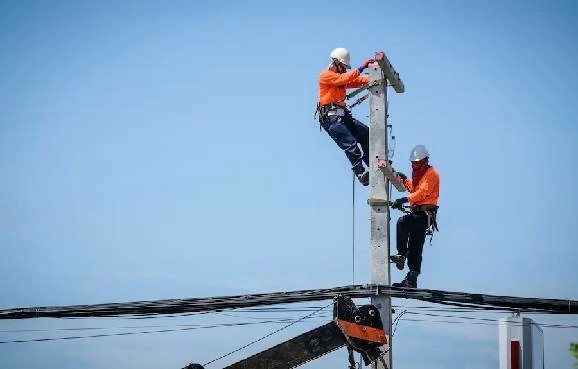The Essential Compliance Checklist for Businesses Allowing Work at Heights
In any workplace, ensuring the safety of employees is paramount, especially when it involves working at heights. Inadequate safety measures in high-risk work environments can lead to severe injuries, legal repercussions, and financial loss. This blog post serves as a comprehensive compliance checklist to ensure your business adheres to safety regulations before permitting employees to engage in work at heights.
Why Compliance Matters
Workplace safety regulations are designed to protect both employees and employers from potential hazards. Non-compliance can result in hefty fines, lawsuits, and a tarnished reputation. Therefore, it is crucial for businesses to ensure they are operating within the legal framework and prioritizing the health and safety of their team.
Step-by-Step Compliance Checklist for Working at Heights
Follow this checklist to ensure compliance before allowing employees to work at heights:
1. Conduct a Thorough Risk Assessment
- Identify potential hazards associated with working at heights.
- Evaluate the risk level of each identified hazard.
- Document findings, including necessary control measures.
2. Ensure Proper Training and Certification
- Verify that employees have completed a Working at Heights Training course.
- Check for valid Working at Heights Certification.
- Provide ongoing training opportunities and refresher courses.
3. Inspect and Provide Personal Protective Equipment (PPE)
- Conduct regular checks to ensure all PPE is in good condition.
- Provide the necessary equipment, including helmets, harnesses, and lanyards.
- Train employees on the proper use and maintenance of PPE.
4. Develop and Distribute Safety Procedures
- Create safety protocols for working at heights.
- Ensure all employees are familiar with these procedures via meetings or training sessions.
- Make safety documentation easily accessible.
5. Confirm Safe Working Conditions
- Inspect work areas for stability and safety prior to task execution.
- Ensure adequate fall protection systems are in place.
- Regularly check for potential hazards, such as overhead power lines.
6. Implement Emergency Response Procedures
- Establish clear emergency protocols for accidents or incidents.
- Ensure all workers know how to report an emergency.
- Provide first-aid training for designated employees.
7. Maintain Documentation and Records
- Keep records of risk assessments, training certifications, and inspections.
- Document incident reports and any safety breaches.
- Review and update safety documentation regularly.
Best Practices for Ongoing Compliance
To achieve ongoing compliance when working at heights, businesses should:
- Schedule regular safety audits to assess compliance.
- Encourage a workplace culture focused on safety and open communication.
- Invest in Certified Working at Heights Training courses for new employees and ongoing training for existing staff.
Call to Action
By following this compliance checklist, your business can ensure a safer working environment for employees required to work at heights. Don’t leave safety to chance—take proactive steps to prevent accidents and maintain compliance with legal requirements. For more information on Working at Heights Training courses, contact us at [email protected] or visit our training page today!



 349,500 Offered Certificates
349,500 Offered Certificates
 24/7 Online Training
24/7 Online Training
 Money Back Guarantee
Money Back Guarantee
 Fully Accredited Courses
Fully Accredited Courses
